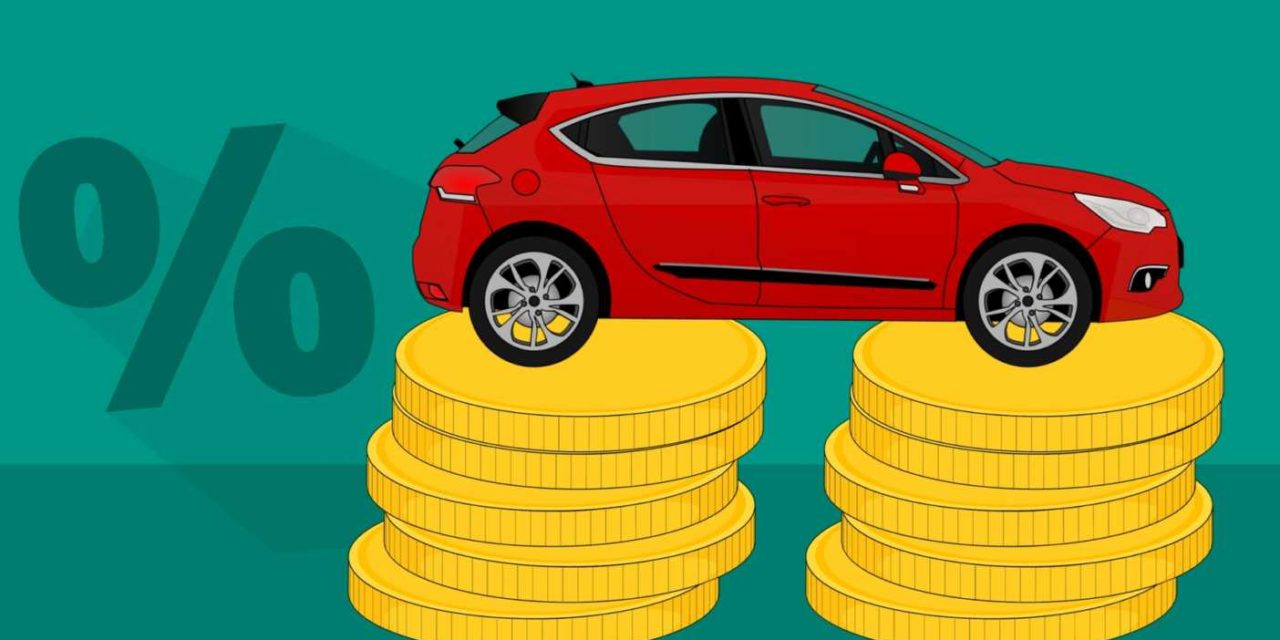What’s the difference between no-fault vs. tort car insurance? If you’ve recently renewed a car insurance policy, you may have experienced sticker shock based on an increase in the cost of your premium. When insurers issue rates, there is always a reason. And despite the myth that auto insurers are not regulated, each state regulates the companies that sell car insurance, and they also have strict guidelines as to how much they sell it for.
No-Fault vs. Tort Car Insurance
Because car insurance is regulated on a state-by-state basis, where you live has a tremendous impact on your policy premiums. There are two basic types of auto insurance systems: “no-fault” and “at fault” (this is normally referred to as tort liability auto insurance). We’ll be the first to admit that having varying systems, with each state having its own specifics and guidelines, can be quite confusing.
The typical form of no-fault coverage is Personal Injury Protection which covers medical expenses, loss of income, and wages for the driver and the passengers, unlike bodily injury liability coverage which covers medical costs in case you have caused the accident. It does not cover property damage liability or car repairs. PIP coverage ensures that all drivers get care for their injuries and compensation for the cost without identifying who caused the accident.
For those who live in states with a no-fault system (twelve states have no-fault laws in place – Florida, Hawaii, Kansas, Kentucky, Massachusetts, Michigan, Minnesota, New Jersey, New York, North Dakota, Pennsylvania, Utah, and the District of Columbia) the difference in automobile tort states can be overwhelming. And the same can be said of those who drive in tort states who have no idea how no-fault systems work.
Quite simply, in a no-fault state, drivers are responsible for damages to their own vehicles and sometimes their own medical bills in the case of a collision with another driver. This is the case regardless of whether or not they were the negligent driver in the accident. Drivers in no-fault states are also normally required to carry personal injury protection coverage (PIP).
In fact, in instances of adjudication, the courts of no-fault states make no effort to determine who was at fault in an accident in most cases. In extreme circumstances, such as crashes that feature exceptionally high medical bills or property damages, the court system may be compelled to make such a determination, but there are limited instances in which this will happen.
Pros and Cons of No-Fault and Auto Tort Insurance
Claimed benefits of no-fault insurance:
– Efficient payment of claims
– Reduced load on courts, with no need to hire attorneys
– Insurance premiums should be lowered
– Claimed negatives of no-fault insurance:
There are specified limits on when you can sue
– No incentive to be a good driver, other than policy premiums
– Insurance fraud is a pervasive issue in no-fault states
– Evidence points to no savings on insurance premiums, and in many cases, premiums have proven to be higher
Tort states and the automobile tort system of insurance for personal injury claims are more common. In a tort or “at-fault” state, the driver who is responsible for an accident must pay the costs of an accident or at least a proportional amount of the fees incurred by the other driver – tort systems often assign blame as a percentage, rather than singling out an individual driver. The damages related to an accident are paid out through the negligent party’s liability insurance coverage.
Many people living in at-fault states choose to purchase uninsured/underinsured motorist coverage because it offers protection from damages caused by someone who does not have liability insurance or has very low coverage limits on their policy. Medical Payments coverage is also popular in these states, as it offers additional protection in the case of injuries from automobile accidents, making it less likely a person will have to deal with the hassle of finding a personal injury attorney and filing a lawsuit. Most auto insurance companies offer these forms of coverage in at-fault states, but keep in mind any optional coverages added to your auto policy will increase your insurance premium.
Every state has its own methods to determine the at-fault driver and the percentage of fault of each driver as well as different systems for paying for minor accident injuries. In tort states, insurance claims may not be paid until after fault is determined, sometimes after a lawsuit.
No-Fault vs. Tort Car Insurance: Which is better?
While we’re not going to jump into the fracas of which system is better, we do know this: Proponents of no-fault car insurance point to the high court fees that both drivers and car insurance companies take on to do business in tort states; and proponents of tort systems insist that fault-driven insurance is inherently a more fair system. They contend that drivers should never be penalized for being involved in an accident that they didn’t cause.
Another interesting fact is that since the introduction of the no-fault insurance concept, 24 states have enacted (and many have repealed) such systems. And one final note about no-fault vs. tort-based systems. Three states – Kentucky, New Jersey, and Pennsylvania – have mixed systems that allow a policyholder to choose which system they have: traditional tort or no-fault. These choice-based systems require all policyholders to select between the two at the time a policy is issued or renewed. Once this occurs, a policyholder cannot convert to the other system without a full policy rewrite. In Kentucky and New Jersey, consumers who do not make a choice will be assigned a no-fault option by default; and in Pennsylvania, the tort option is the default for those who do not specify a choice. Drivers who select limited tort insurance reduce their ability to sue for damages related to auto accidents.
Pennsylvania Tort Law
With limited tort car insurance in Pennsylvania you can sue to get reimbursement for medical expenses when another driver is at fault in an accident. But you won’t be able to recover damages for “non-monetary” issues—for instance, if you can no longer participate in active hobbies or sports. You also can’t take action if prior injuries were exacerbated by the crash.
Additionally, you can’t sue for pain and suffering unless the accident resulted in a serious injury as defined by the state and with few other exceptions.
These exceptions include an at-fault driver who was:
Driving under the influence of drugs or alcohol
Operating a car registered in another state
Intending to injure themselves or another person
Driving without insurance
You can also retain full tort rights if you’re injured as a passenger in a commercial vehicle, such as a taxi or bus.
If you choose full tort coverage in Pennsylvania, you have unrestricted rights to bring a lawsuit against the person who caused the car accident.
If you want the limited tort option, you must specially elect this option, otherwise you will be given the full tort option when you buy car insurance in Pennsylvania.
References
– https://www.carinsurance.org/whats-the-difference-no-fault-vs-tort-auto-insurance-705/
– https://www.forbes.com/advisor/car-insurance/full-tort-vs-limted-tort/





